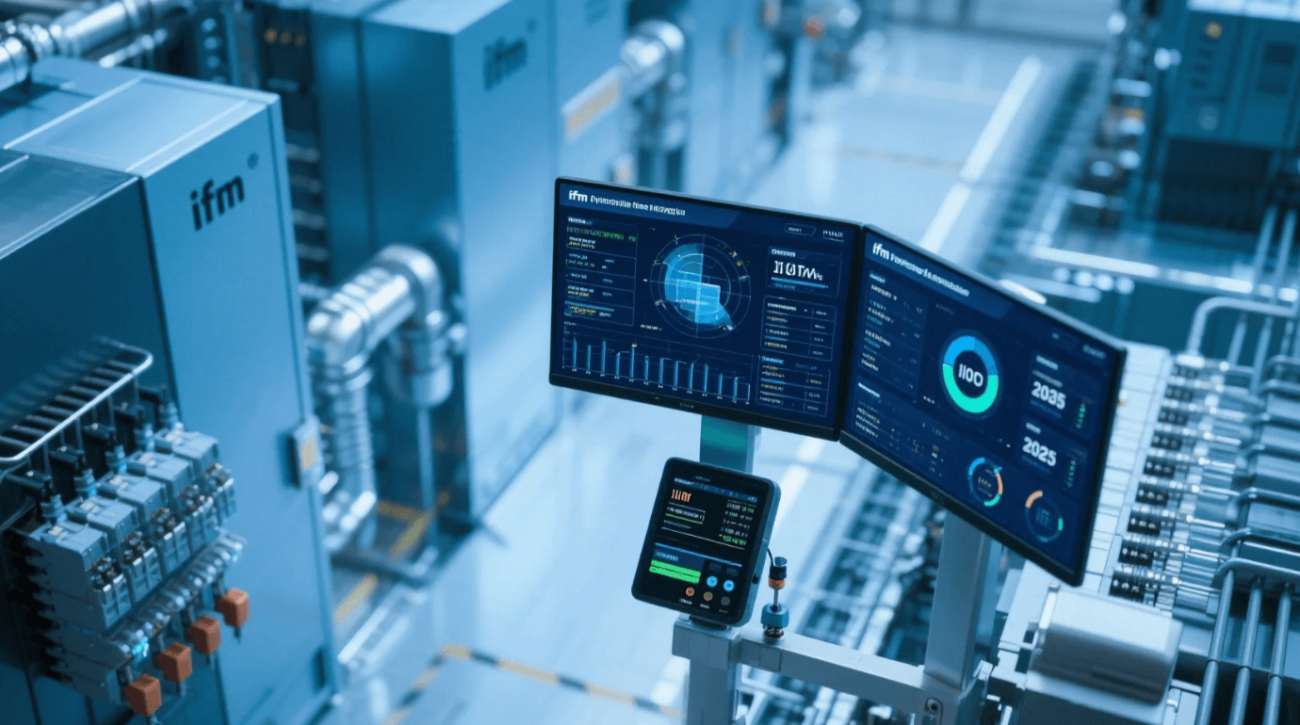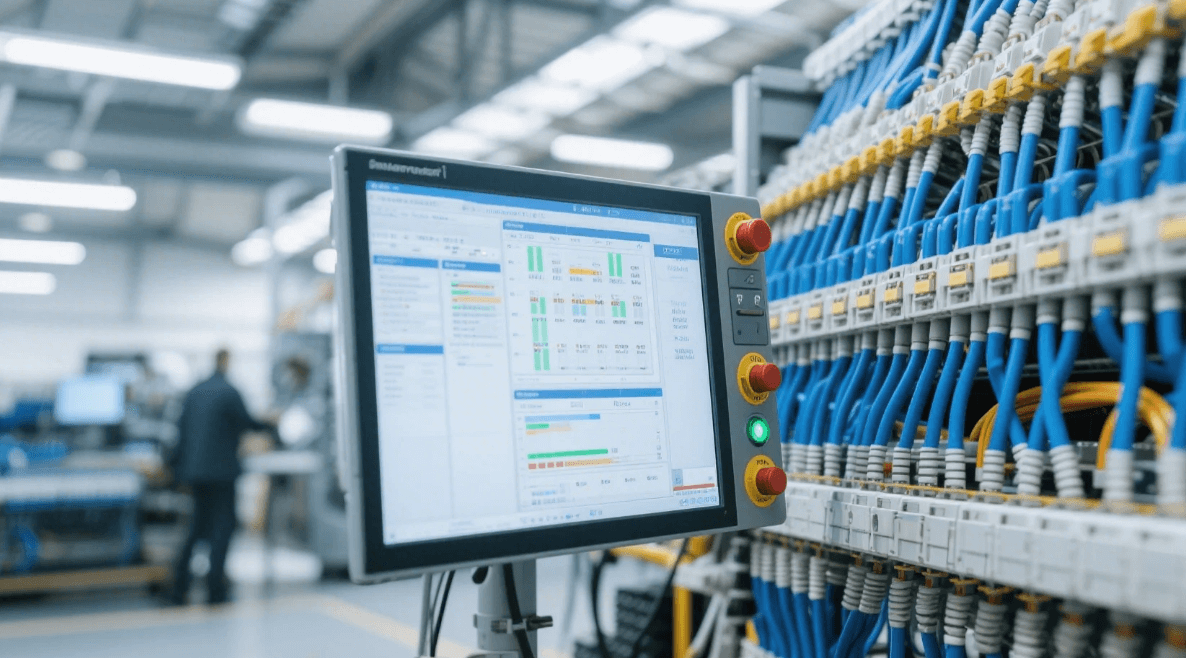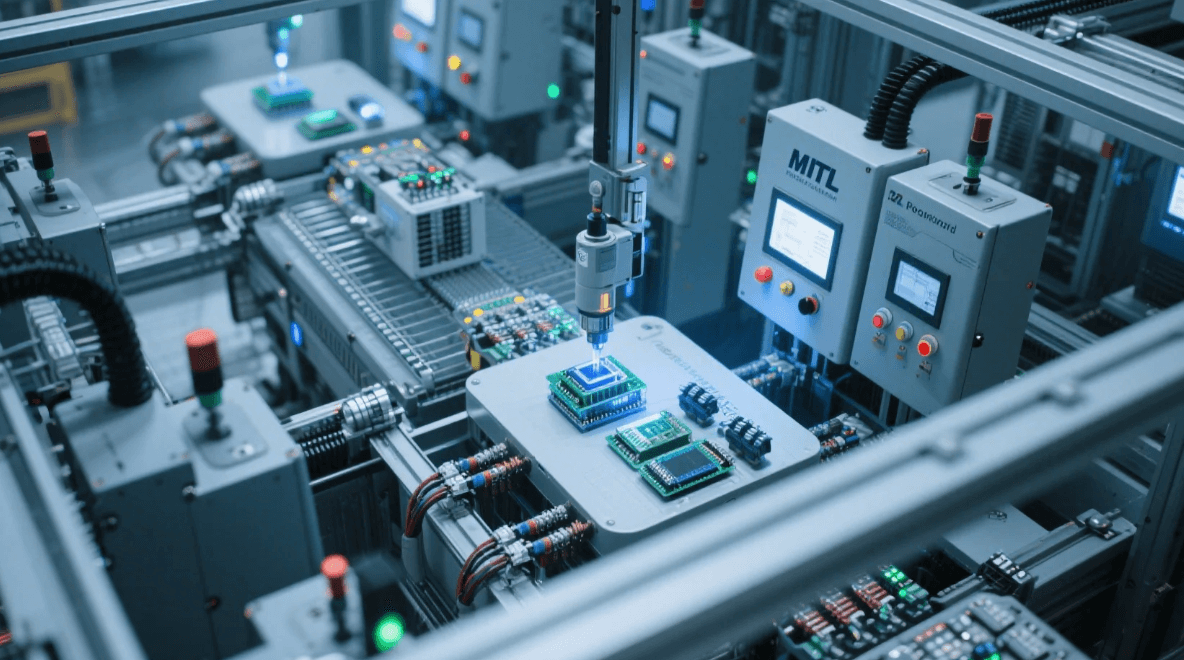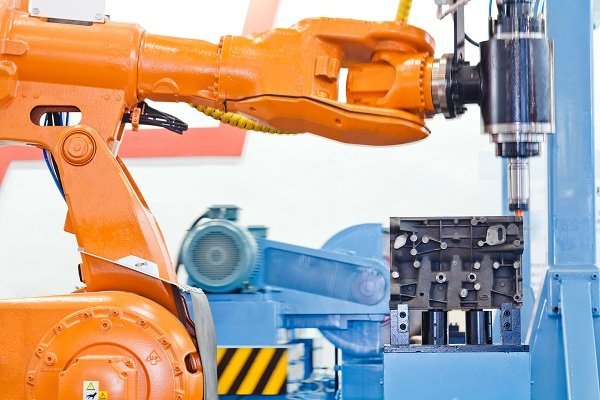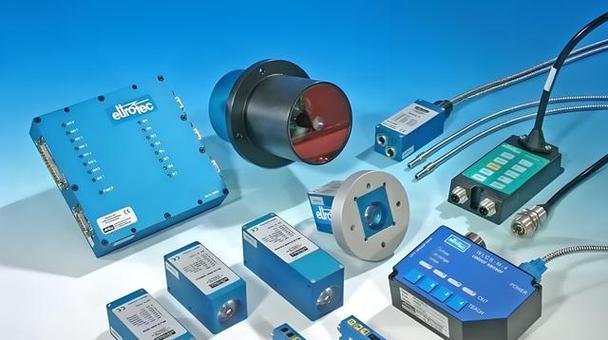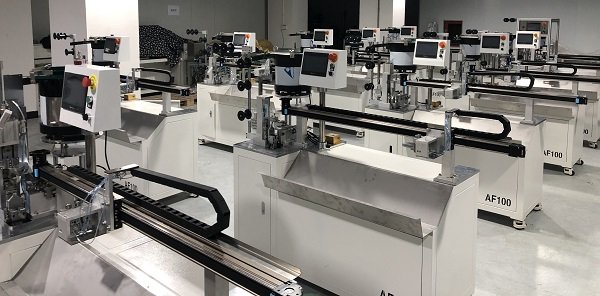Safety Sensors and Systems for Workplace Safety

The Modern Advantages of Safety Technology in Industrial Applications
In today’s fast-paced industrial landscape, Safety Technology has evolved into an indispensable component of workplace safety. With industries rapidly advancing in automation, robotics, and high-precision manufacturing, the integration of Safety Technology ensures not only regulatory compliance but also operational efficiency, reduced downtime, and the well-being of workers. Companies that prioritize Safety Technology gain a competitive edge, fostering a culture of safety while simultaneously optimizing productivity.
Why Safety Technology Matters in Industrial Settings
Industrial environments are inherently hazardous due to heavy machinery, high voltages, extreme temperatures, and moving components. Traditional safety measures are no longer sufficient to prevent accidents effectively. Safety Technology, particularly advanced safety sensors and systems, provides proactive solutions to minimize risks, enabling industries to protect their workforce and assets while maintaining uninterrupted operations.
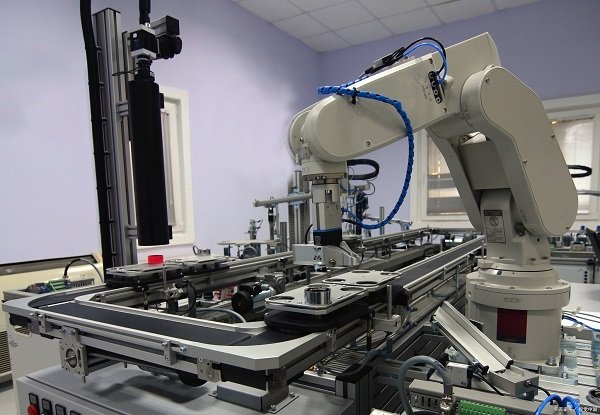
Key Advantages of Safety Sensors and Systems
Enhanced Worker Protection
The primary role of Safety Technology is to safeguard workers from accidents and injuries. Modern safety sensors, such as light curtains, proximity sensors, and pressure-sensitive mats, create a fail-safe environment by detecting hazardous conditions in real-time. These systems react instantaneously, halting machinery or alerting personnel before an accident occurs. This level of protection is vital in industries like manufacturing, automotive, aerospace, and heavy machinery.
Reduced Downtime and Increased Efficiency
Industrial accidents often lead to significant downtime, impacting production schedules and financial performance. Safety Technology not only prevents accidents but also enhances efficiency by enabling seamless automation. For instance, interlocking safety gates and machine guarding systems ensure that machines operate only when all safety conditions are met, reducing unnecessary stoppages and ensuring smooth workflows.
Compliance with Industry Regulations
Governments and industry regulatory bodies mandate strict safety standards across various sectors. Companies that fail to comply with safety regulations face hefty fines, lawsuits, and reputational damage. Implementing Safety Technology guarantees compliance with global safety standards such as OSHA, ISO 13849, and IEC 61508. By integrating certified safety systems, businesses demonstrate their commitment to worker protection and regulatory adherence.
Smart Safety Integration with Industry 4.0
With the rise of Industry 4.0 and the Industrial Internet of Things (IIoT), Safety Technology has become smarter than ever. Connected safety systems provide real-time data analytics, predictive maintenance, and remote monitoring capabilities. For example, AI-driven safety cameras can identify unsafe behaviors, while smart sensors can predict equipment failures before they occur, ensuring proactive maintenance and minimizing risks.
Types of Safety Sensors and Systems for Industrial Applications
Light Curtains and Presence Sensors
Light curtains use infrared beams to create an invisible barrier around hazardous machinery. If an object or person interrupts these beams, the machine stops instantly. Presence sensors, such as pressure-sensitive mats, detect the presence of workers near hazardous zones, preventing accidents in high-risk areas like robotic work cells and conveyor systems.
Interlocking Safety Gates and Access Control
Industrial facilities must control access to hazardous zones effectively. Safety interlocks ensure that doors, gates, and barriers remain locked while machinery is in operation. Only when predefined safety conditions are met can the system unlock, preventing unauthorized access and reducing human error.
Emergency Stop and Shutoff Systems
Emergency stop buttons (E-stops) are crucial in industrial environments where immediate intervention can prevent catastrophic accidents. Modern shutoff systems are integrated into machinery and can be triggered remotely via wireless safety controllers, ensuring rapid response to emergencies.
Gas and Environmental Sensors
Industrial workplaces often deal with hazardous gases, temperature fluctuations, and air quality issues. Gas detection sensors continuously monitor the air for toxic or combustible gases, automatically activating alarms and ventilation systems when necessary. Temperature and humidity sensors also help maintain optimal working conditions for both workers and machinery.
Machine Vision and AI-Based Safety Monitoring
Machine vision systems, powered by artificial intelligence, enhance Safety Technology by recognizing unsafe actions, incorrect PPE usage, or unauthorized personnel in restricted zones. These intelligent systems provide real-time alerts, allowing safety managers to take immediate corrective action.
The Future of Safety Technology in Industrial Workplaces
As industries continue to embrace automation and digitization, Safety Technology will evolve even further. The future of industrial safety will see increased adoption of:
AI-Powered Predictive Safety Systems: AI-driven analytics will help predict potential hazards before they occur, reducing workplace accidents.
Wearable Safety Devices: Smart helmets, exoskeletons, and biometric monitoring devices will provide real-time health and safety data for workers.
Autonomous Safety Drones: In hazardous environments, drones will be used for remote inspections, ensuring worker safety without direct exposure to risks.
Blockchain for Safety Compliance: Secure digital records will ensure transparent safety compliance tracking, reducing fraud and improving accountability.
A Safer Future with Safety Technology
The integration of Safety Technology in industrial settings is no longer an option—it is a necessity. With advanced safety sensors and systems, industries can create safer workplaces, enhance productivity, and comply with stringent safety regulations. Companies that invest in Safety Technology not only protect their employees but also secure long-term operational success.
Embracing Safety Technology today means building a smarter, safer, and more efficient industrial future. The time to act is now!
Model:PN7070



